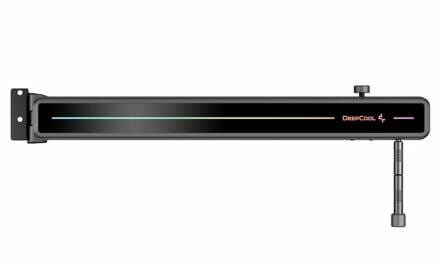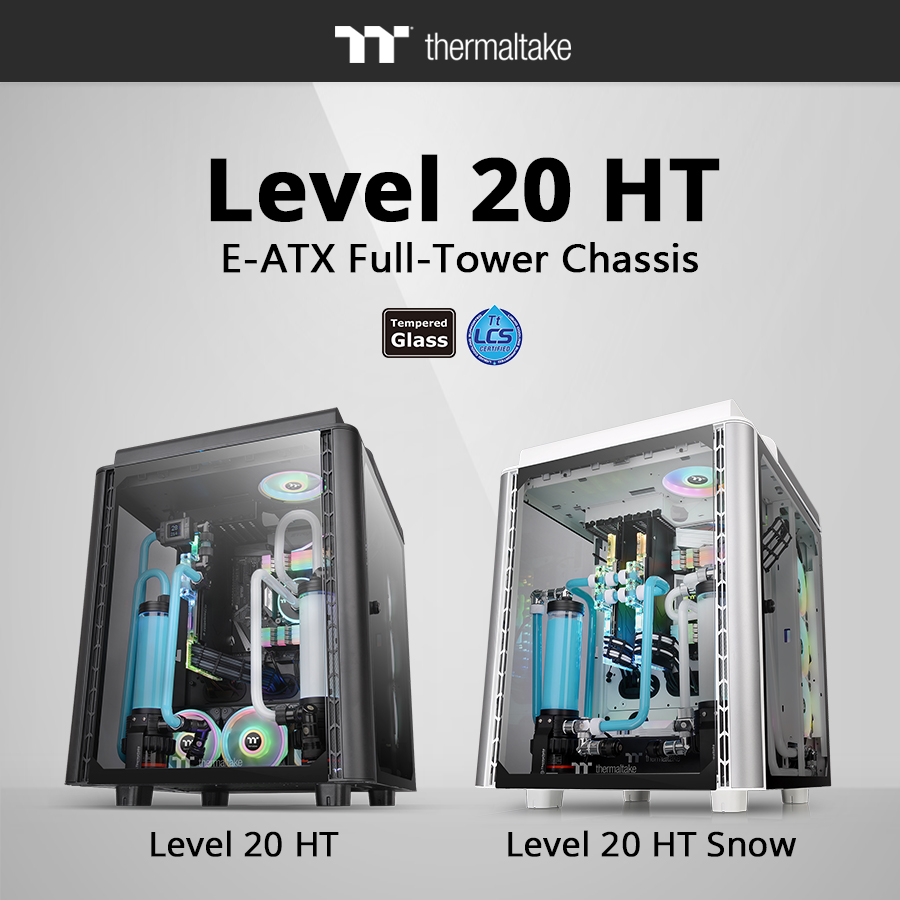Adobe Connect and Zoom are well-known and effective web conferencing applications. Such tools saw unparalleled use in 2020 and 2021 until enough people were required to work, collaborate, and interact from home. Adobe Connect provides video conferencing solutions for use cases such as online courses, meetings, and webinar hosting. Zoom is a web-based interactive platform that allows users to host and attend virtual meetings. The Zoom platform as a whole offers users online meetings, meeting rooms, webinars, and business telephone solutions. In this article, a comparison of Adobe Connect vs Zoom will help you better understand the similarities and differences between the two.
What is Adobe Connect?
Adobe Connect is a video-conferencing and virtual meeting software. It is used to carry out online business conferences and, thanks to its screen sharing features, it can also be used for online courses, online learning, and collaborative effort. It is compatible with Windows and Mac, as well as mobile platforms such as Android and iOS.
Connect was formally announced in 2019, but similar tools were earlier available as part of Adobe’s Acrobat family. The software allows the host and participants to customize the experience in various ways, and consumers of other Adobe software will be familiar with the platform’s design aesthetic. On the other hand, it is complicated for users who are straying into the Adobe community for the first time.
What is Zoom?
While many individuals only became aware of Zoom after the worldwide lockdowns of 2020 and 2021, Zoom Video Communications Inc has been in operation since 2011. Its video-conferencing application was released in 2013. It was already encountering rapid growth before the Covid pandemic, but it has become associated with working from home, particularly during this time. One of the software’s major selling points is its ease of use.
There are multiple videos of users attempting to remove filters or being caught by surprise by unexpected backgrounds.
Features
Both Adobe Connect and Zoom are good product offerings, but there are a few characteristics that set them apart.
A key feature of Adobe Connect is the ability for consumers to share links that allow the participant to enter a call without having to install a client app. Adobe Connect also ensures a high degree of personalization and a greater number of features for communicating with large groups and crowds. This gives users more control over how onscreen pods and chats are presented.
There are also options to change the colors of each personal pod if you need to lighten the mood or set the tone of a session. For standard web meetings, Adobe Connect has a user limit of 25 people, but for webinars, it can support up to 1,500 people, which is 500 more than Zoom. Adobe Connect also has the benefit of supporting high-quality video for a lot of Zoom users.
Zoom’s extensive free version is a significant advantage. Meetings with up to 100 participants can be held for free using Zoom. Conferences with three or more participants are limited to 40 minutes. Zoom’s fun characteristics, such as virtual “raise hand” feature, allows users to show who tries to speak next. Zoom users on Trust Radius also appreciate how easy it is to send meeting connections and how simple it is to join conferences.
Pricing
Adobe Connect is a large and comprehensive video conference forum with pricing options to meet the needs of any consumer. Adobe Connect for standard web conferences is a free version that can be used for small conferences with up to three participants. The Meetings plan in Adobe Connect starts at $50 per month per meeting host and can integrate up to 25 participants. This option can be tried to expand further by trying to contact the vendor. The Webinars & Learning plan in Adobe Connect starts at $130 per month per host and can facilitate up to 4 hosts and 1500 meeting attendees.
Zoom provides four levels of web conferencing service, all of which include the ability to call into conferences by phone. A free Basic version that can host up to 100 participants but has a conference time limit of 40 minutes. The Pro version adds unrestricted scheduled meetings and 1GB of cloud recording for $149.90 per year. Larger organisations might be interested in the Business tier, which costs $199.90 per year and includes single sign-on, company advertising, and the ability to hand out up to 300 attendees. Zoom’s top ranked offering is the Enterprise tier, which can accommodate up to 1000 participants and provides unlimited cloud services. This tier costs $199.90 per licence, but you must purchase at least 100 licences.
Even as our professional lives resume some semblance of a normal life, many analysts predict that working from home will be the new norm.















